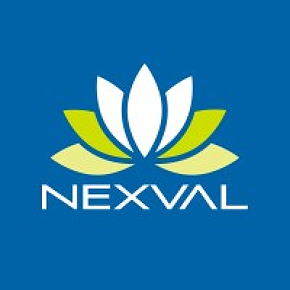Linked accounts
Nexval has no linked accounts.
- mortage, mortageservice, strategy
- Tf7Tj3gxF8vvyF4296hpux8Lhrc1HufENYf
Hyperautomation is defined as the strategic use of automation technologies, along with cognitive technologies like AI, to holistically transform business processes, reduce dependence on IT, and eventually make digitization self-sustaining. The concept was formalized and popularized by Gartner, which named hyperautomation a key technology for 2022, with a global market of over $600 billion.
While automation aided by AI has been sporadically deployed by mortgage providers, hyperautomation solutions provide a bundled approach — one that is perfectly aligned with your business strategy. It also entails the breaking down of silos so that automated tasks can move from one system to another and gain from seamless data exchange.
Hyperautomation is characterized by user-friendliness for non-technical mortgage executives, built-in data intelligence, and integration with mortgage industry tools.
Also read: What Is the Difference Between Automation and Hyperautomation and Why Does it Matter for Lenders?
How Can Hyperautomation Transform Mortgage Processes? There are several use cases for hyperautomation in mortgages. The key ones include:
- Automating every stage of loan operations
Operational efficiency is perhaps the lowest hanging fruit to be won from hyperautomation in mortgage. From loan origination to servicing and title process automation, any iterative task that is repeatable and effort-intensive could gain from this technology. Indeed, executives can configure and set up new processes due to low dependence on IT and multiply the benefits.
Hyperautomation can quickly adapt to new processes and learn from exceptions to incrementally reduce human effort over time. This would help mortgage businesses reduce headcount and increase productivity per employee.
- Predicting customer behavior and acting on the insights
This use case takes advantage of hyperautomation’s intelligence capabilities. It would embed data dashboards into routine processes and systems so you can predict customer behavior with greater accuracy. For example, one could analyze forbearance rates as well as historical behavior and financial standing to predict the likelihood of loan default. Mortgage providers can act on these insights to engage with customers and curb default rates scenarios possible.
Hyperautomation can help anticipate customer needs and demands so that lenders can put together personalized products and services and maximize each borrower’s lifetime value. This intelligence would be available in the flow of work so that executives can make nimble decisions.
- Uplifting customer experiences
Today, mortgage businesses face stiff competition from non-banking institutions and non-qualified mortgage (non-QM) lenders — most of which are digital and place a premium on customer experiences. Hyperautomation can help you adapt and say a step ahead, through:
Personalized AI chatbots that are available to customers 24/7. Integrated and intuitive data search that can respond to any query Multichannel borrower outreach to reduce friction and drive stickiness To achieve this, hyperautomation solutions use artificial intelligence and machine learning to recreate the cognitive abilities of a human mortgage executive at an unimaginable scale.
Also read: Hot Take: AI Could be the Answer to Every Mortgage Servicing Problem Today
How to Get Started with Mortgage Process Hyperautomation Business leaders spearheading digital transformation in the industry must focus on and strengthen two components — hyperautomation bots and data interconnectivity. Bots are software programs that perform tasks that were previously assigned to a human executive. This could be extracting documents for an audit, copy-pasting data between systems, verifying borrower information from different sources, or something else. https://nexval.com/leveraging-hyperautomation-to-transform-mortgage-processes-a-quick-primer/

